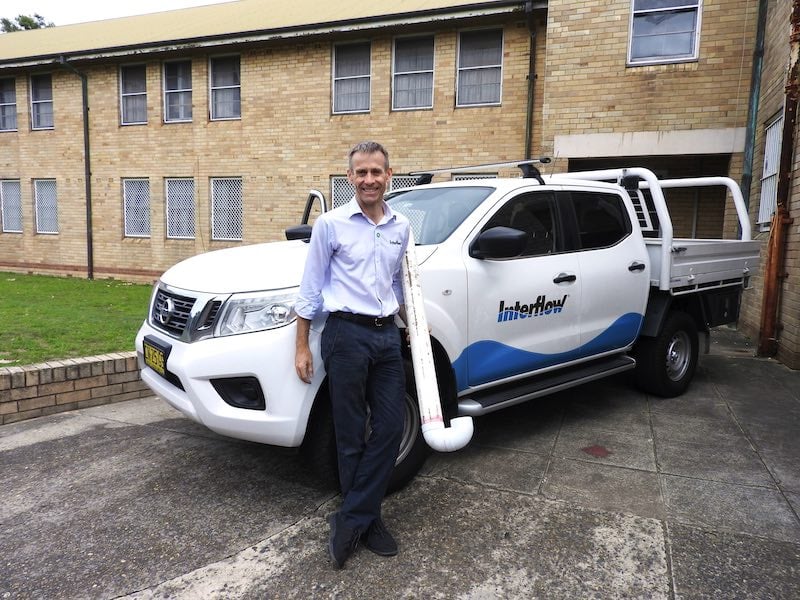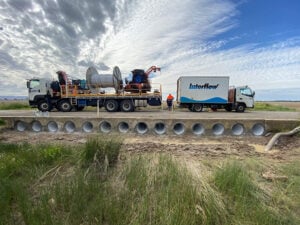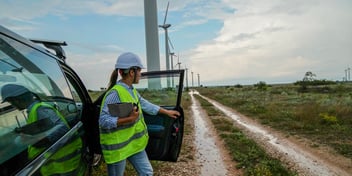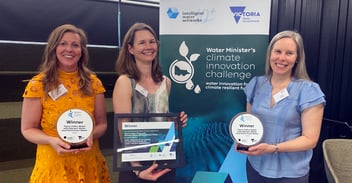New tool demonstrates how trenchless technology cuts carbon emissions in water sector
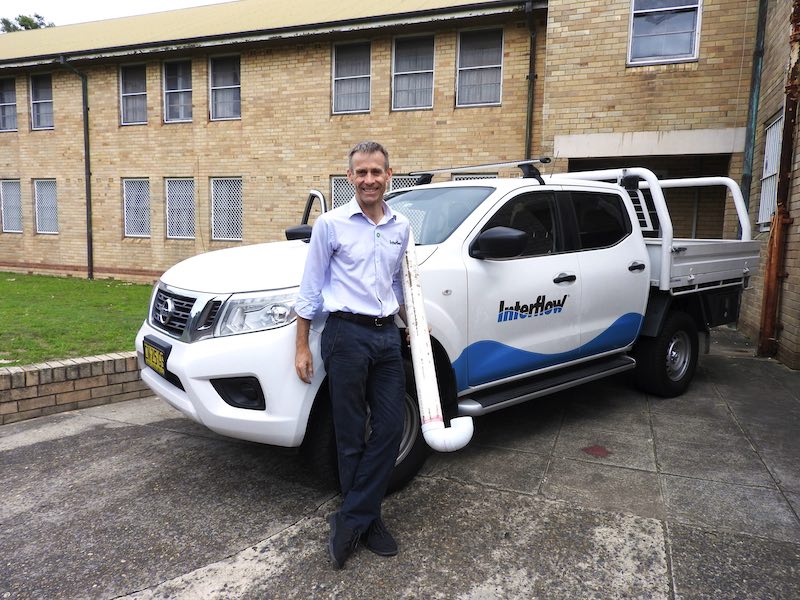
Key entities in the civil engineering and water sectors have united to tackle industry emissions by using a specialised carbon calculator. Tailored to the requirements of the water industry, the tool inspires construction contractors to find innovative ways to reduce their emissions through trenchless technology.
The construction sector is responsible for approximately 20 per cent of Australia’s total carbon footprint. The largest contributors to these emissions are electricity, water and waste sectors, as well as the materials used on related sites. In an era where 94 Australian councils, home to over 34 per cent of the population, have declared climate emergencies, it is now critical for them to embed environmentally conscious decision making into their infrastructure planning.
Specialist in water infrastructure, Interflow, has collaborated with the Australasian Society of Trenchless Technology (ASTT) and engineering consultancy, Mott MacDonald New Zealand, to give all ASTT members access to a specialised carbon calculator.
The calculator will enable water authorities, local councils and engineers to easily compare trenchless solutions to conventional "dig and replace" methods. It will also provide them with visibility into the associated greenhouse gas emissions for water infrastructure projects across the board.
This provides water authorities and local councils with the power to make more informed decisions when designing their water solutions. It is also hoped the tool will encourage more companies to invest in sustainable methods and embrace the move towards trenchless technology.
A sustainable solution
As one of the driving forces behind this initiative, Interflow is committed to initiating positive change in the industry. This involves conducting in-depth research and trialling new technologies to find the most sustainable ways to solve its customers’ problems.
Interflow’s Environment and Sustainability Manager, Anthony Ogilvie, explains how the calculator would work in practice.
“It will compare the efficacy of trenchless technologies with traditional ‘dig and replace’ methods and also help water authorities and local councils choose between the growing selection of trenchless technologies available,” he said.
Used in conjunction with other environmental management tools, it is predicted the calculator will improve the decision-making process of designers, constructors and entire supply chains, resulting in a reduction of infrastructure carbon.
The benefits add up
Being customer focused and environmentally aware requires service providers to take an adaptable approach to installing and maintaining their customers’ services. Trenchless technology enables this flexibility, whilst reducing emissions.
By saving the time and costs associated with excavation, trenchless technologies are becoming the preferred construction methods of choice for local councils and water authorities across Australia and New Zealand.
With over 84 years’ experience in the water industry, Interflow has honed its trenchless capabilities over four generations to deliver its customers with bespoke solutions across what the company has coined the 4 Waters: water, wastewater, stormwater and culverts.
“Trenchless technology is the way of the future with many benefits for our customers,” Ogilvie said.
“Interflow has been a market leader in water infrastructure solutions since 1936. It seemed only right that we helped the ASTT collaborate with its members to develop a tool that empirically showcased the environmental benefits of trenchless technology.”
Creating the future of sustainability
By developing tools that support reducing our customers’ construction related greenhouse gas emissions, Interflow and the ASTT members are spearheading ‘green’ innovation in the industry. Both organisations are working to develop sustainable water networks to service the growing needs of Australasian communities for generations to come.
The ASTT has approved the business case and is currently working to make the tool available to its members.
To learn more about Interflow’s commitment to continuous improvement within the environmental management and sustainability space, read more here.

